On the off chance anyone driving the A9 doesn’t realise how dangerous it can be, the route is marked with helpful and heartbreaking reminders.
Flowers lie by the roadside, marking the places where travellers have lost their lives. Each year sees the creation of new, makeshift memorials to those who’ve died.
The section of the A9 from Perth to Inverness – on which 13 people lost their lives in 2022 – is regularly rated the most dangerous road in the country. It’s difficult to remember a time when it didn’t deserve this status.
It’s difficult, too, to remember a time when politicians were not promising to do something about the problem. The Conservatives, Labour and the SNP have all – over the past four decades – pledged to completely dual the A9, replacing dangerous miles of single-carriageway with a new road, fit for purpose.
Most recently, the Nats said they’d finish the job by 2025. Of course, they now admit, this will not happen.

Projects to partially dual the road have come and gone but, still, huge sections of the A9 remain narrow and dangerous. The family of an 18-year-old man who lost his life in the road’s most recent fatal accident last Friday morning know this only too well.
And so, here’s to former rural economy secretary Fergus Ewing who, as a backbencher, has become a sharp thorn in the Scottish Government’s side.
There must, he says, be “no more excuses” about the failure to complete the dualling project. The lack of progress is costing lives; matters could not be more serious.
A timetable should be perfectly possible
Ewing’s demands are far from unreasonable. It should be perfectly possible for the Scottish Government to set out a timetable for when this work will be completed.
Ewing suggests that the SNP’s partners in government, the Greens, may be hindering progress. Their antipathy to new road projects is hardly a secret, after all.
It would be a scandal if this were so. The priority here is not environmental concern but the need to save lives.
There is something typically, self-defeatingly Scottish about the failure to sort this problem. What other country which depends so heavily on tourism would expect visitors who wished to venture north of the Central Belt to, you know, the properly breathtaking bits to travel along this death-trap road?
The next time a Scottish Government minister pops up to explain why the dualling project has been further delayed, it may be useful to conduct the following thought experiment: if a road in Scotland’s Central Belt was so dangerous that dozens had died on it over the years, would the government have failed to fix the problem?
Euan McColm is a regular columnist for various Scottish newspapers
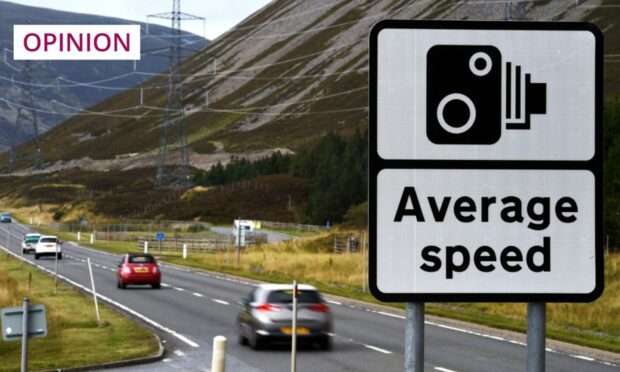
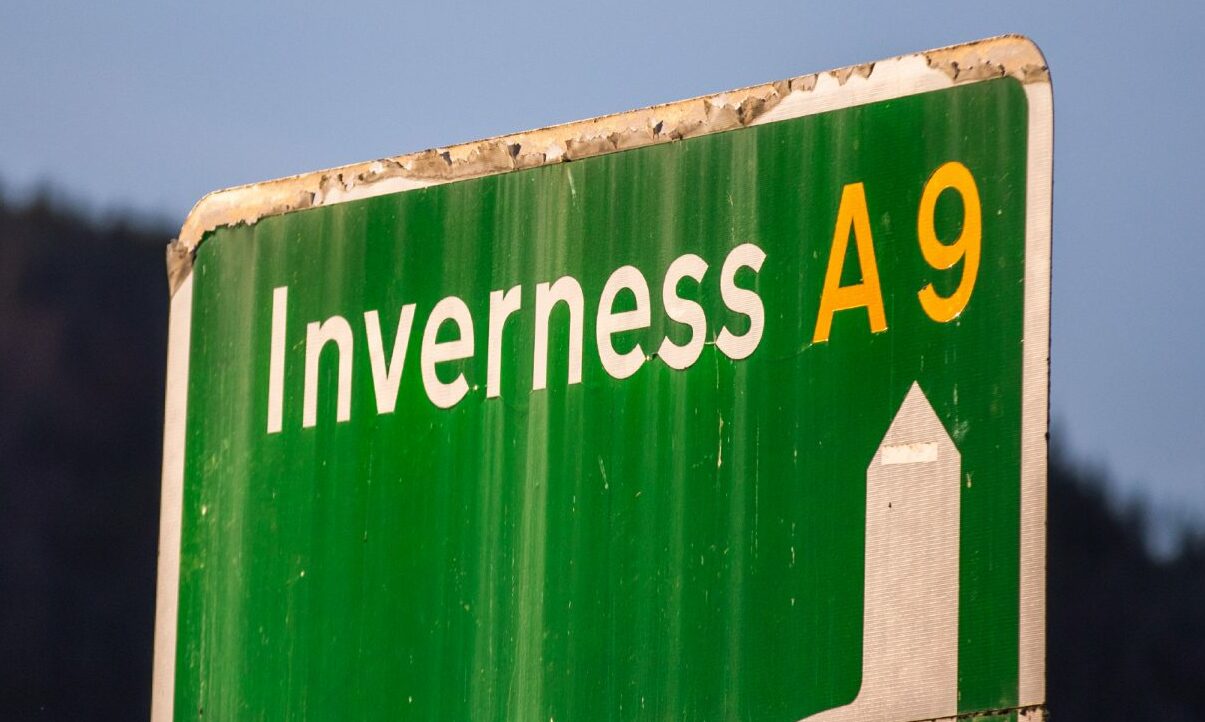
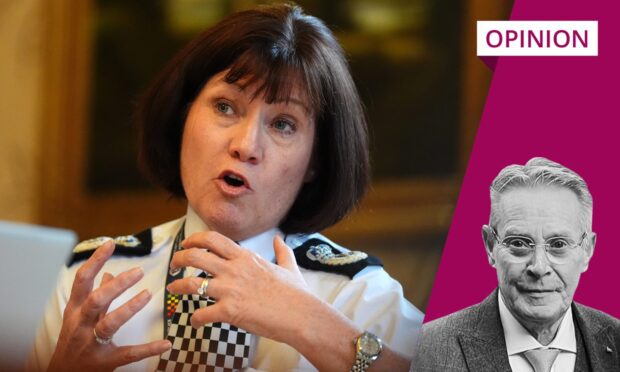
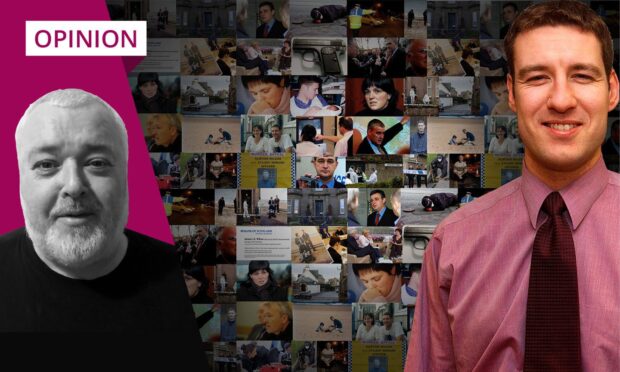
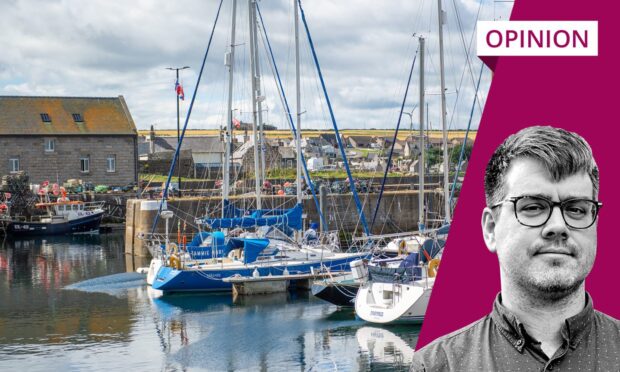
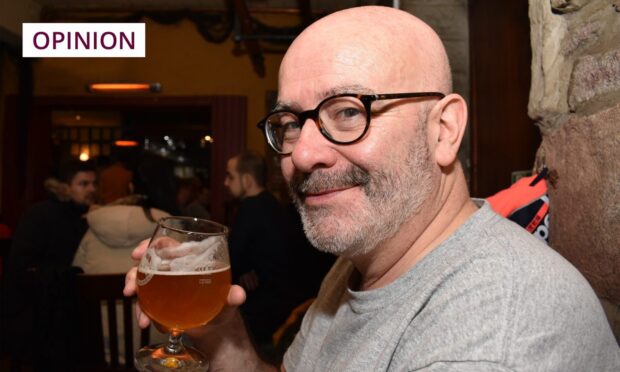
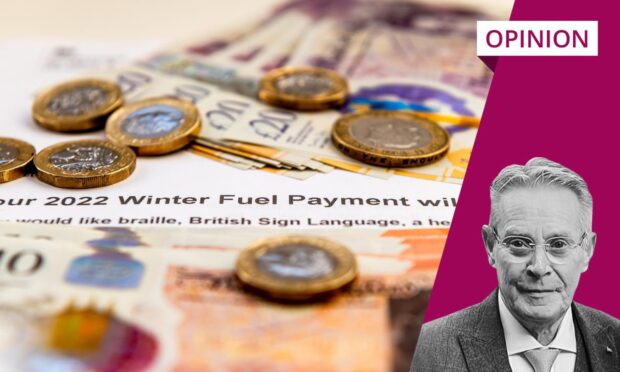
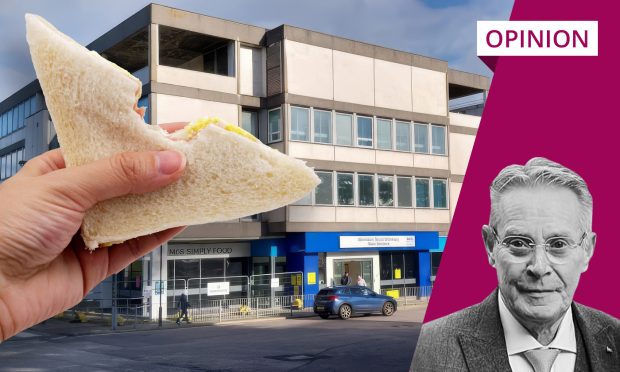
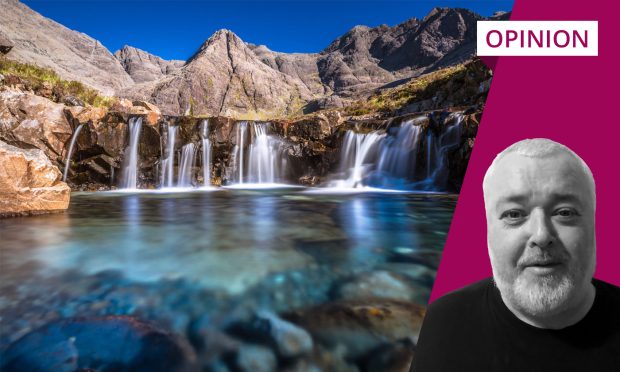
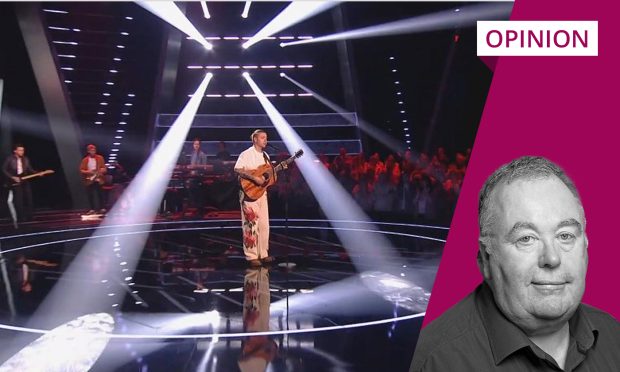
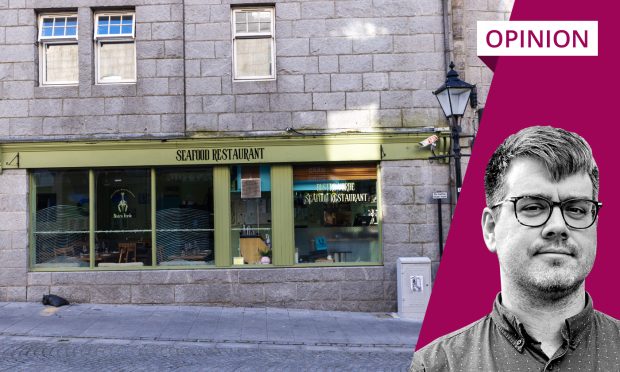
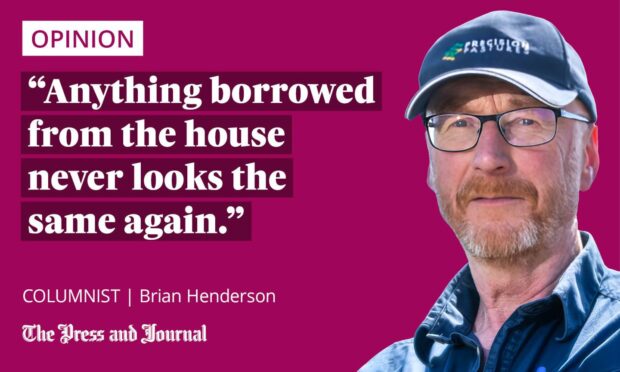
Conversation